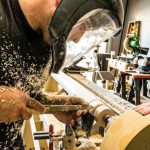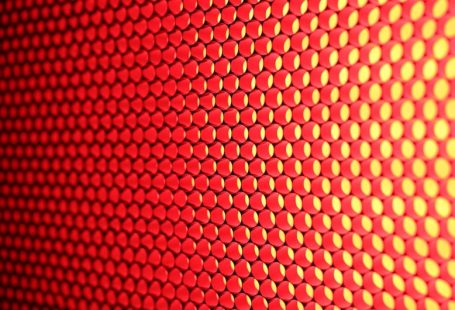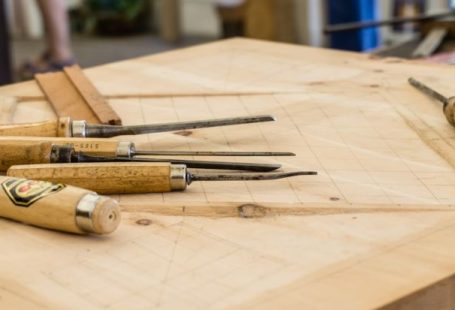Wood carving is a traditional and intricate art form that has been practiced for centuries. From delicate sculptures to functional items, wood carving requires skill, patience, and precision. However, as with any craft that involves working with raw materials, there may be health risks associated with wood carving that practitioners should be aware of.
Understanding Wood Dust and Respiratory Health
One of the primary health risks associated with wood carving is exposure to wood dust. When wood is carved, sanded, or sawn, it produces fine particles that can become airborne and be inhaled. Prolonged exposure to wood dust can lead to respiratory issues such as asthma, bronchitis, and other lung diseases. Additionally, some types of wood dust, such as those from exotic or treated woods, can be toxic and may cause more severe health problems over time.
Protective Measures for Wood Carvers
To minimize the health risks associated with wood carving, it is essential for practitioners to take proactive measures to protect themselves. Wearing a high-quality dust mask or respirator is crucial to prevent inhalation of wood dust particles. It is also advisable to work in a well-ventilated area or use a dust collection system to remove airborne particles from the workspace. Practicing good hygiene, such as washing hands and changing clothes after carving, can also help reduce the risk of exposure to wood dust.
Skin Irritation and Allergic Reactions
In addition to respiratory health risks, wood carving can also pose a threat to skin health. Some wood species contain natural oils, resins, or chemicals that can cause skin irritation or allergic reactions in sensitive individuals. Contact dermatitis, characterized by redness, itching, and inflammation of the skin, is a common issue among wood carvers who work with certain types of wood.
Preventive Measures for Skin Health
To protect against skin irritation and allergic reactions, wood carvers should wear protective gloves while handling wood and carving tools. It is also advisable to moisturize the skin regularly and avoid prolonged contact with potentially irritating wood species. If skin irritation occurs, it is essential to wash the affected area with mild soap and water and seek medical advice if symptoms persist or worsen.
Eye Safety and Wood Carving
Another important aspect of health and safety in wood carving is protecting the eyes from potential injuries. Flying wood chips, dust particles, or wood shavings can pose a risk to the eyes and may cause scratches, irritation, or more serious injuries if protective eyewear is not worn during carving. Eye protection is a simple and effective way to prevent accidents and ensure a safe working environment for wood carvers.
Maintaining a Healthy Work-Life Balance
While the health risks associated with wood carving are important to consider, it is also essential for practitioners to maintain a healthy work-life balance. Prolonged periods of sitting or standing in one position while carving can lead to musculoskeletal issues such as back pain, neck strain, or carpal tunnel syndrome. Taking regular breaks, stretching, and practicing good posture can help prevent these common work-related injuries and promote overall well-being.
Conclusion: Prioritizing Health and Safety in Wood Carving
In conclusion, while wood carving is a rewarding and creative pursuit, it is crucial for practitioners to prioritize their health and safety. By understanding the potential risks associated with wood carving and taking proactive measures to protect themselves, wood carvers can continue to enjoy their craft without compromising their well-being. From respiratory health to skin irritation and eye safety, adopting good practices and using appropriate protective gear can help ensure a safe and enjoyable wood carving experience. Remember, a healthy wood carver is a happy wood carver.





